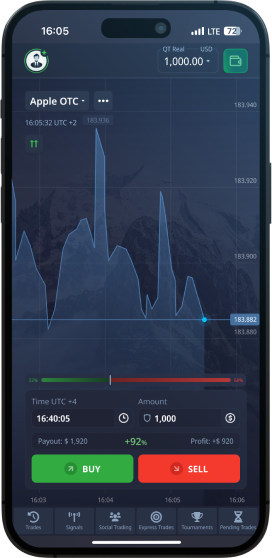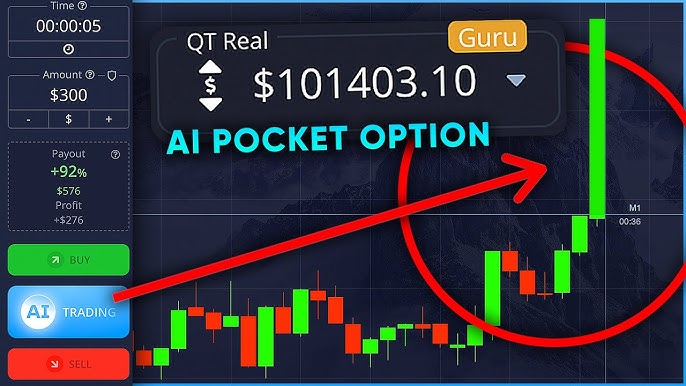
Pocket Option Fees Explained
When it comes to trading, understanding the costs involved is crucial for any trader. Whether you are a beginner or an experienced trader, being fully aware of the Pocket Option Fees Pocket Option Fees can significantly influence your trading strategy and profits. This article aims to provide a comprehensive overview of the fees associated with Pocket Option, enabling you to make informed decisions.
What is Pocket Option?
Pocket Option is a popular online trading platform that offers binary options trading. Launched in 2017, it has gained traction for its user-friendly interface, diverse asset offerings, and attractive trading conditions. Pocket Option is not only accessible to beginners but also offers advanced features for experienced traders. However, like any trading platform, it comes with a set of fees that users should consider before diving into trading.
Types of Fees on Pocket Option
Understanding the different types of fees associated with Pocket Option will help traders budget more effectively and enhance their trading strategy. Here are the primary fees to keep in mind:
1. Deposit Fees
One of the most important aspects of any trading platform is how funds can be deposited. Pocket Option does not charge deposit fees for most payment methods, which is a great benefit for traders. The platform supports various funding methods, including credit/debit cards, e-wallets like Skrill and Neteller, and cryptocurrency options. Traders should always check their payment provider’s terms for possible charges that may apply.
2. Withdrawal Fees
While depositing funds is typically free, withdrawal fees can vary based on the selected method. Pocket Option may charge a small fee for withdrawals, particularly if you are using a credit card or certain e-wallets. It’s important to confirm the specific fees in your account settings before making a withdrawal to avoid surprises. Moreover, some payment methods may have a minimum withdrawal limit, so be aware of these details when planning your withdrawals.
3. Trading Fees
Unlike many trading platforms that charge commissions on each trade, Pocket Option operates on a different model. Instead of traditional trading fees, Pocket Option incorporates costs into the bid/ask spread. This means that traders may encounter a slight price difference when making trades. This model can often be more favorable for traders who prefer to avoid explicit fees, but understanding how the spread works will help you better calculate potential profits.
4. Inactivity Fees
Another aspect to consider is the inactivity fee. If your account remains inactive for an extended period (usually 60 days), Pocket Option may impose a fee. This fee is designed to encourage active trading on the platform and can impact users who may prefer to take a break from trading. It is essential to check the latest terms on the website to understand the conditions and the amount charged for inactivity.
Trading Conditions and Their Impact on Fees
The trading conditions provided by Pocket Option also play a significant role in understanding the overall fee structure. The platform offers various features that can enhance trading experiences, such as:

1. Leverage
Pocket Option offers leverage to its traders, allowing them to control larger positions with a relatively small amount of capital. While leverage can amplify profits, it can also amplify losses. Traders should understand that higher leverage can result in higher risk and potential costs related to their open positions, particularly in volatile market conditions.
2. Asset Variety
The range of assets available on Pocket Option also affects trading dynamics. With forex, cryptocurrencies, commodities, and stocks, traders can diversify their portfolios and mitigate risks. However, different assets can have varying spreads, which can indirectly influence the overall trading costs.
Tips for Minimizing Fees on Pocket Option
To make the most out of your trading experience on Pocket Option, consider the following tips:
1. Choose the Right Deposit and Withdrawal Methods
Research the available payment methods and select those that have the lowest fees. E-wallets may offer quicker withdrawals with minimal charges compared to bank transfers or credit cards.
2. Stay Active
To avoid inactivity fees, it is advisable to engage in regular trading or make at least a minimal deposit or withdrawal to keep your account active.
3. Pay Attention to Spreads
Monitor the spreads of different assets when trading. Choosing assets with lower spreads can help reduce the overall costs associated with your trades.
4. Consult Customer Support
If you are unclear about any fees or have specific questions related to your trading account, don’t hesitate to reach out to Pocket Option’s customer support for clarification. They can provide you with the most current information tailored to your account type.
Conclusion
Understanding Pocket Option Fees is crucial for any trader looking to maximize their profitability while minimizing potential costs. From deposit and withdrawal fees to the intricacies of trading spreads, being informed can significantly impact your trading experience. By taking the time to learn about these fees and implementing strategies to minimize them, you can enhance your overall success on the platform. Always keep up with the latest terms and conditions and be proactive in managing your account to ensure a seamless trading experience.

